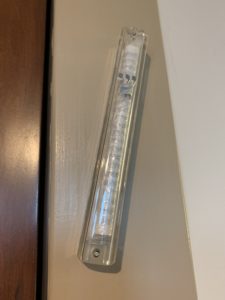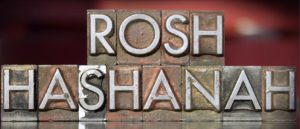The Sounding of the Shofar Awakens The Soul
One of the highlights of the high holidays is to hear the shofar.
The shofar, a hollowed out ram’s horn, is the most ancient musical instrument used throughout history as a rallying call to bring people together. In ancient Israel, the shofar announced the New Moon (Rosh Chodesh), was blown in the desert as a battle cry to declare war and celebrate victories, was blasted on Mount Sinai when the Jewish people received the Ten Commandments, and the Hebrew tribe Levites of the Holy Temple played the shofar as one of their musical instruments.
In modern times, the shofar most commonly blown like a trumpet to signal the coming of the New Year—Rosh Hashanah—and to awaken our souls and bring us closer to God.
Traditionally, the most common place to hear the shofar is in synagogue, but this year because of covid19, many of us will hear the blast of the shofar outdoors, in a park, on a neighborhood street, in our backyard, or virtually on a computer. Continue reading
Rosh Hashanah Mezuzzah Symbolizes New Beginnings
When I think of the High Holidays, many traditional symbols come to mind—
the sound of the shofar, an instrument made of a ram’s horn that signals the awakening of the Jewish people. The short and long blasts of the shofar—tekia, sh’varim, teruah, and tekia gedolah—summon us to come together and renew our relationship with each other, ourselves, and, of course Hashem. Crisp apples dipped in honey tempt our taste buds for a sweet new year, while we try a new fruit to symbolize gratefulness for being alive and allowing us to enjoy all the delicious fruit of the creator. A favorite fruit on this holiday is the pomegranate for its biblical significance—the Land of Israel is known for its pomegranates and is one of the “seven species†for its abundant seeds (613 to be exact) associated with fertility and good deeds, specifically the 613 mitzvot in the Torah. Here’s a good way to seed a pomegrante!
Challah is eaten all year round on Shabbat, but on the High Holidays the braided loaf is made into a round shape that represents the crown of a king for it was on Rosh Hashanah, the birthday of mankind, the sixth day of creation, that Hashem was coronated as King of the Jewish people. Another symbolic ritual during the 10 Days of Awe is tashlich, meaning “casting off†our sins of the previous year by tossing pieces of bread or another food into a natural body of flowing water. Beautiful melodic prayers such as the Armaic words of Kol Nidre, meaning “all vows,” and Avenu Malkenu, “Our Father Our King,” stir our emotions as we dig deep into our soul, asking and granting forgiveness of others and ourselves to release burdens we carry and start anew.
This year, for the first time, another Jewish symbol was added to the High Holidays for my family. The mezuzzah that we hung in my son’s new apartment on the Sunday before Rosh Hashanah. Continue reading
Rosh Hashanah Soul Searching–Will You Be Ready?
On this Rosh Hashanah, don’t just show up. Be ready!
The Jewish New Year, Rosh Hashanah, is unlike the celebration of the secular New Year because the resolutions we make are not only to ourselves but to God. Whereas a typical New Year’s resolution on the first of January might be to go the gym and lose a few pounds, the Jewish New Year is a time to really work up a sweat and ask God as our personal trainer to help make us stronger and a better person in the year ahead.


